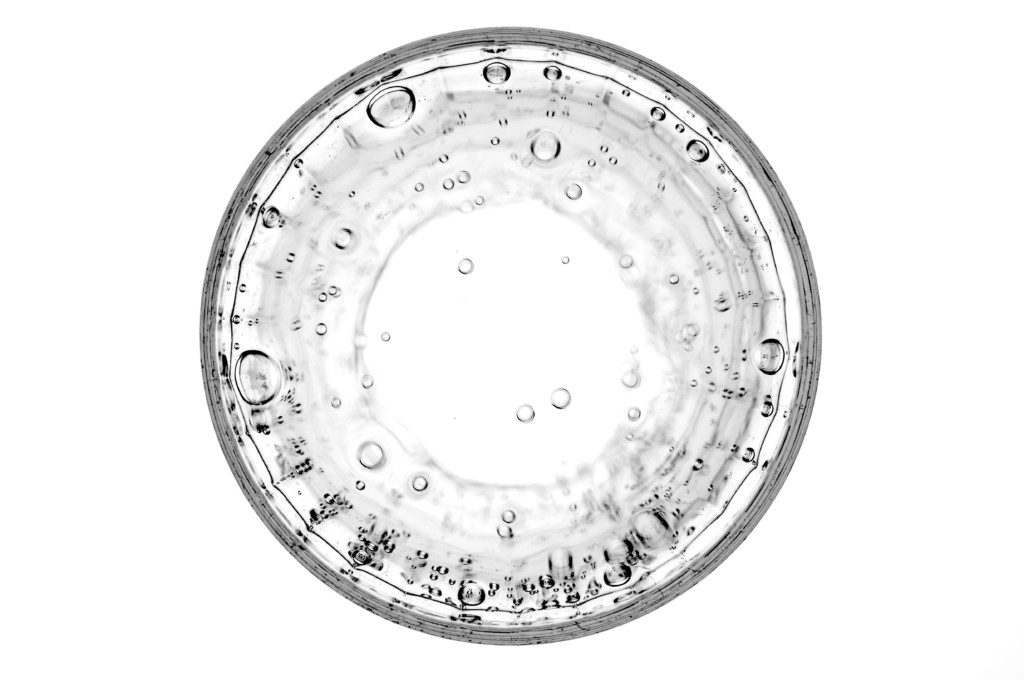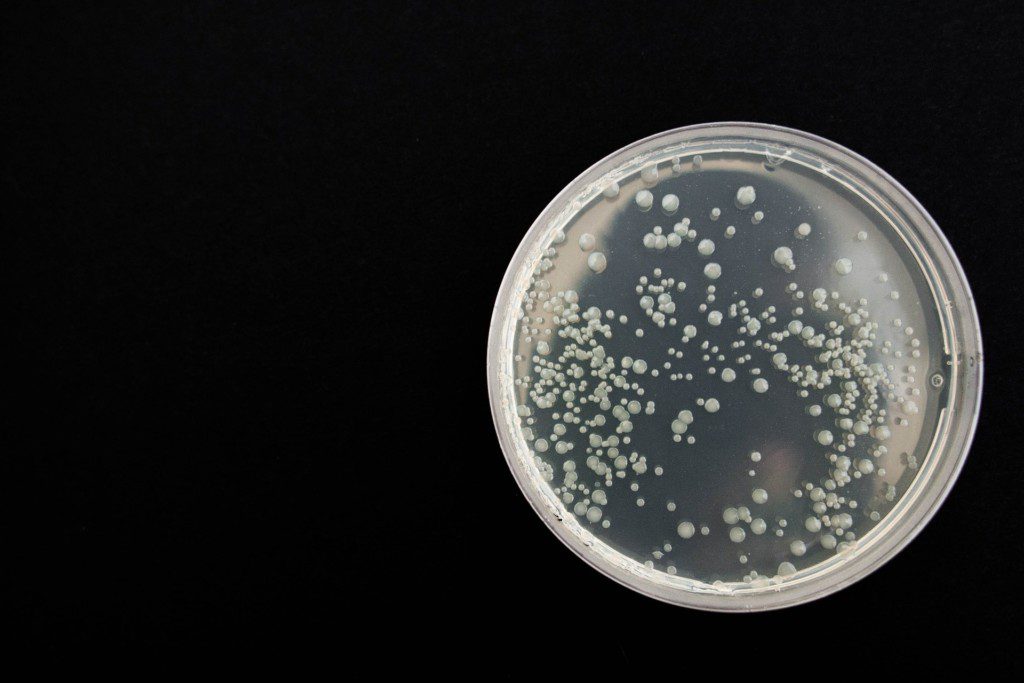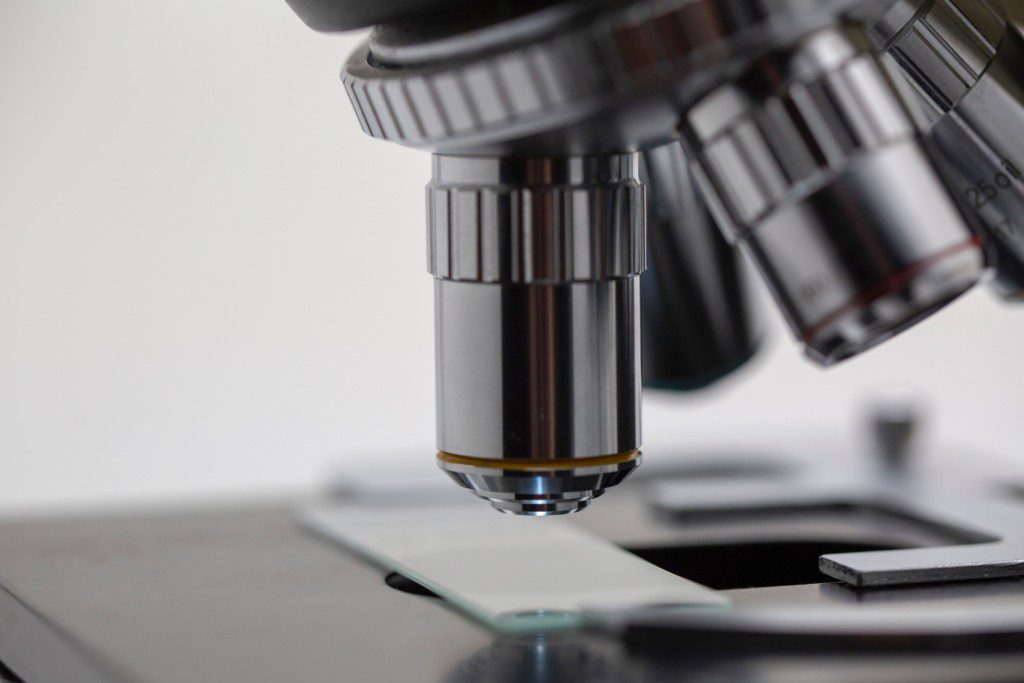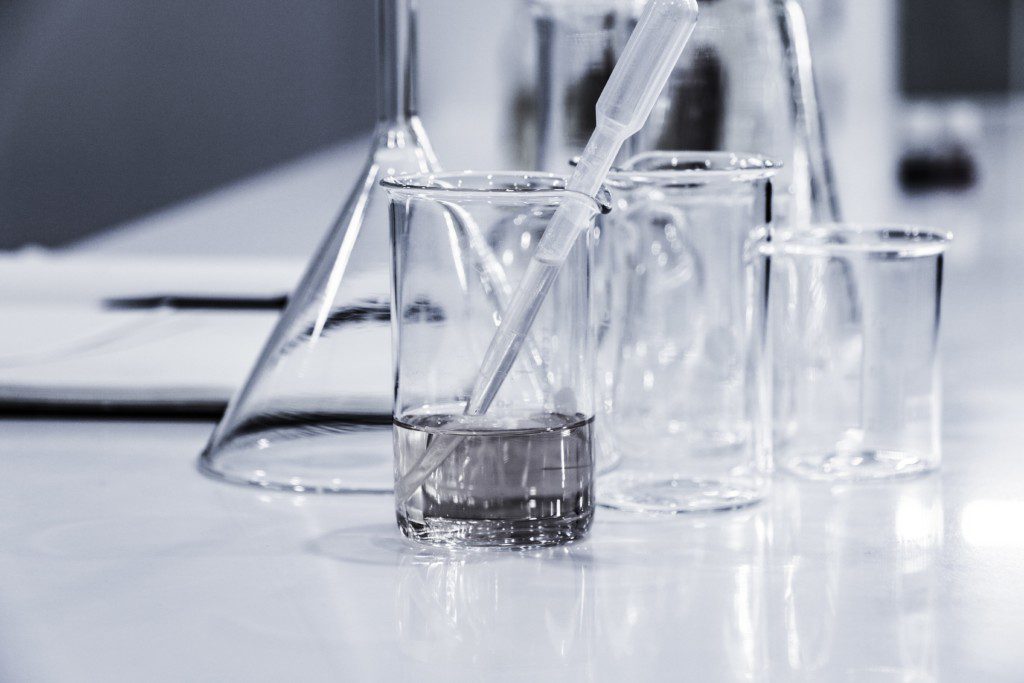10/15/2019 | Industrial Water Treatment | 9 MINUTE READ
Operating Dissolved Oxygen Probes in Bioreactors and Cell Culture

Dissolved oxygen refers to the amount of oxygen that has been dissolved into a water source, which could be anything from the ocean to a bioreactor. Whether your company handles the transport of live fish or is involved in wastewater treatment, it’s essential that you measure and keep track of the amount of dissolved oxygen in the water.
The necessity of dissolved oxygen measurement depends on what application you’re using it for. If your company is involved in aquaculture in some regard, low dissolved oxygen levels will result in fish suffocating. As for sewage treatment, bacteria is necessary for decomposing the solid waste. Lower DO levels result in bacteria dying off, which means that the decomposition of waste will stop. No matter the kind of industrial or aquaculture application you’re involved in, dissolved oxygen measurement is highly important. Being able to react quickly to changes in DO levels may allow you to save ample amounts of time and money.
The various types of sensors that can be used to help with the measurement of dissolved oxygen include galvanic DO sensors and optical DO sensors, both of which provide precise results and allow for quick calibration. Along with the myriad of aquaculture, industrial, and municipal applications that can benefit from the measurement of DO, dissolved oxygen probes can actually be instrumental for fermentation and cell culture applications, which will be discussed further in the following.
How Does A Dissolved Oxygen Probe Work?

When working with fermentation and cell culture, dissolved oxygen probes are essential for the measurement of dissolved oxygen within bioreactors and cell culture. Whether you’re developing a new drug or studying the biochemistry of cells, the right amount of dissolved oxygen is imperative for the bioreactor to work effectively. A low dissolved oxygen level in a bioreactor can cause problems with cell growth rate and the uptake of nutrients, which means that your research and experiments could fail entirely.
To avoid these issues, you need to constantly measure the dissolved oxygen levels of your bioreactor or cell culture environment, which requires the use of a dissolved oxygen sensor. As long as these sensors are installed correctly and are kept away from air bubbles that could lead to incorrect readings, you should be provided with correct measurements. With these probes installed in your bioreactor or cell culture environment, you’ll be able to maintain the dissolved oxygen levels that are needed for the cell culture or fermentation process.
What Does The Dissolved Oxygen Level Mean?

The reading that you obtain can tell you a variety of different things. At lower mg/L DO rates, it’s likely that cell growth will slow down to a rate that provides you with inaccurate results. While higher DO levels are necessary for most fermentation and cell culture applications, DO levels that are too high may result in unwanted cell mutations. Whether you use a galvanic DO sensor or optical DO sensor, dissolved oxygen measurements can be obtained in as little as 1-3 minutes. If you don’t use one of these probes, you won’t be able to determine how much dissolved oxygen is in the water, which means that you won’t be provided with accurate results. No matter the reason that you’re using fermentation or cell culture, correct and precise results require the proper dissolved oxygen levels.
When you use one of these probes, the results will be provided to you as mg/L. The measurements that are ideal for you depend on the exact cell culture or fermentation application that you’re measuring for. If you know what the ideal dissolved oxygen rate is for your bioreactor, you can compare the readings from your DO probe with the ideal measurements before making any necessary changes. Keep in mind that the salinity, altitude, and temperature of the water or substance that you’re measuring can affect the dissolved oxygen levels in the bioreactor.
While there are many different DO probes that you can use for these measurements, you’ll likely want to consider the DO1200 galvanic dissolved oxygen sensor, which is designed for bench-top and portable use and is ideal for cell culture and similar applications.
Effect of Dissolved Oxygen Concentration on Growth and Production of Cell Culture

Almost more than any other application, the dissolved oxygen concentration is highly important for the growth and production of cell culture. When the dissolved oxygen levels reach too high or dip too low, there will be a number of adverse effects. When the DO levels become too low within bioreactors, growth rates will slow, nutrient uptake will worsen, and metabolite synthesis will be impacted, which will lead to a reduced quality for the end product and a lower yield.
On the other hand, higher dissolved oxygen levels can lead to the development of reactive oxygen species, which are highly unstable molecules that can cause cell death. Certain components of the substance can also become oxidized, which may cause cell mutations. If you happen to be using a particularly large bioreactor that’s equipped with a compressor for air injection, high DO levels will also cause you to waste energy. Whether the DO levels are too low or too high, you won’t obtain the intended results of the cell culture that you’ve been performing.

It’s important to measure the amount of dissolved oxygen in your bioreactor for all of the adverse effects mentioned previously. If dissolved oxygen levels aren’t at the ideal rate, you will either experience slow growth rates, the creation of unstable reactive oxygen species, or energy waste with larger bioreactors, all of which will make your results less accurate. While higher DO concentration does cause the growth and production rates to increase with cell culture, the production of high amounts of reactive oxygen species will eventually impair growth and elevate cell mutation. If you want the cell culture process to be fully optimized and efficient, DO measurement is critical.
If you continuously monitor the dissolved oxygen concentration levels in the bioreactor, it will be much easier for you to keep the DO concentration at optimal levels. Likely the best way to control DO levels is with an oxygen control loop. When a dissolved oxygen sensor is placed within a bioreactor, it will send regular measurements to the oxygen control loop. When combined with a compressor for air injection, the measurements that are sent to the oxygen control loop will dictate if air injection levels increase, decrease, or are maintained. While this is the simplest method for maintaining DO concentration levels, you could also consider pairing your bioreactor with a PID controller, which is another loop mechanism that will react to the measurements that it receives.
Avoiding Erroneous Dissolved Oxygen Measurements

One aspect of obtaining dissolved oxygen measurements that’s often overlooked is making sure that the measurements you obtain are accurate. There are several different ways in which the measurements you receive can be erroneous, which will make it impossible for you to maintain DO concentration at the optimal levels. It’s possible for air bubbles to collect on the tip of the sensor or to cross over it in a way that creates some noise with the signal. If you obtain the wrong readings, you may alter your supplement feeding or sparging to account for incorrect measurements, which will invariably worsen the fermentation or cell culture process.
To eliminate signal noise, it’s recommended that you select a DO sensor that has been fitted with some sort of anti-bubble sensing element. While signal noise can create significant issues with the cell culture process, these issues are easily remedied with the right equipment, which means that you should be provided with precise measurements. If you receive the right measurements, you’ll be able to make the correct adjustments with your cell culture or fermentation maintenance strategies.
Care and Maintenance of Dissolved Oxygen Probes

If you’re planning on using your dissolved oxygen probe on a continuous basis, it’s essential that you take care of the sensor and properly maintain it. Well-maintained sensors will last much longer than ones with poor maintenance, which ensures that you made a sound investment. First of all, it’s recommended that you calibrate your DO probe at least once per day before you begin the sampling process. If you don’t monitor DO levels constantly, you could instead calibrate the probe on an occasional basis. More important data also calls for more frequent calibrations. If you want to receive accurate data, the calibration of your sensor is highly important.
If you’re using a galvanic dissolved oxygen sensor that comes with a permeable membrane, you might want to think about changing this membrane every 4-8 weeks for some preventive maintenance. When using a DO sensor in a laboratory setting, you can lengthen the life of the membrane by keeping it clean and placing it within a moist environment. It should also be noted that many galvanic DO sensors will automatically conduct a performance check when calibrating, which is very useful for your maintenance efforts. If the DO sensor isn’t working correctly, it will provide you with an out-of-range signal.
The final maintenance tip that you should considering following involves maintenance for an optical DO sensor like the Lumin-S sensor. While the sensing element inside of the probe typically comes with a year-long warranty, this element will usually last longer. As long as you keep the sensing element clean, it should last for upwards of two years before needing to be replaced. With these guidelines in mind, you should be provided with accurate DO concentration measurements.
Maintaining Dissolved Oxygen Concentration for Process Optimization

The only way to make sure that your cell culture process is optimized and can be completed successfully is by measuring DO concentration and maintaining the appropriate levels. If these levels are too high or too low, the cell culture process can be adversely affected by such issues as slow growth rates, poor nutrient uptake, and cell mutations, which is why accurate measurement of DO concentration is important. All of the galvanic and optical DO sensors that we provide here at Sensorex will provide you with precise DO concentration measurements.
If you’re interested in other Sensorex sensors, search our website to view the many products that we have to offer. For instance, you could select one of our pH sensors if you want to measure the acidity or alkalinity of your water. If you want to protect your boiler or cooling tower, you could also consider purchasing one of our many conductivity sensors. We offer sensors that account for practically all municipal water, industrial water, and environmental monitoring applications.
Posted by Dominic O'Donnell on October 15, 2019
Sensorex is a global leader in the design and manufacture of quality sensors for water quality and process applications. The company offers more than 2000 sensor packages for pH, ORP, conductivity, dissolved oxygen, free chlorine, chlorine dioxide, UV transmittance and other specialty measurements, as well as a full line of sensor accessories and transmitters. Its expert technical support engineers solve analytical sensor challenges with custom designs and off the shelf products.




